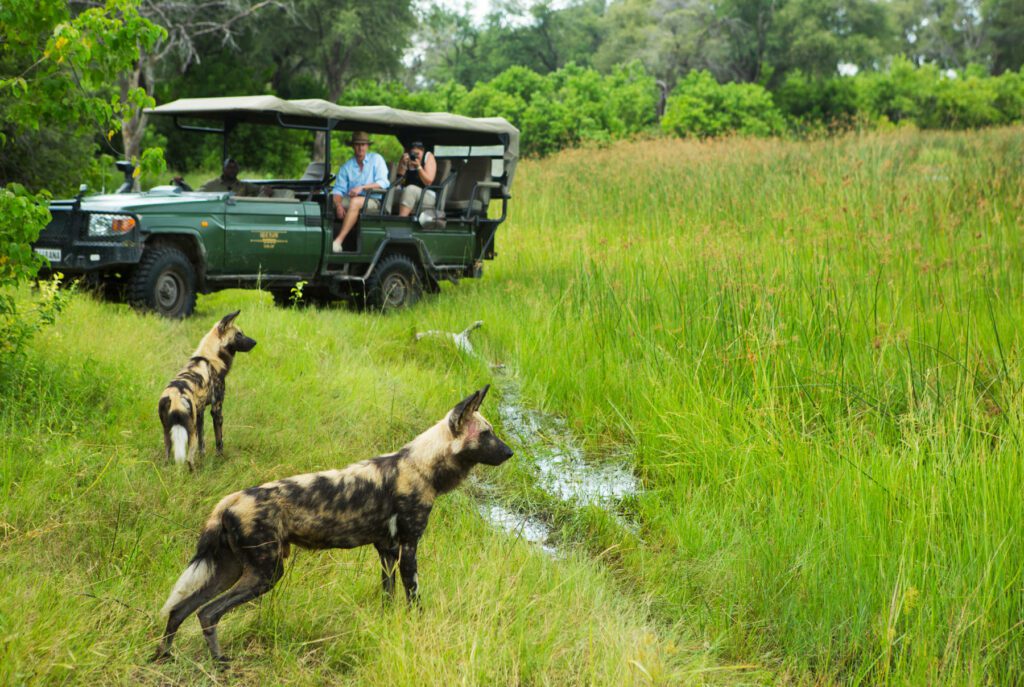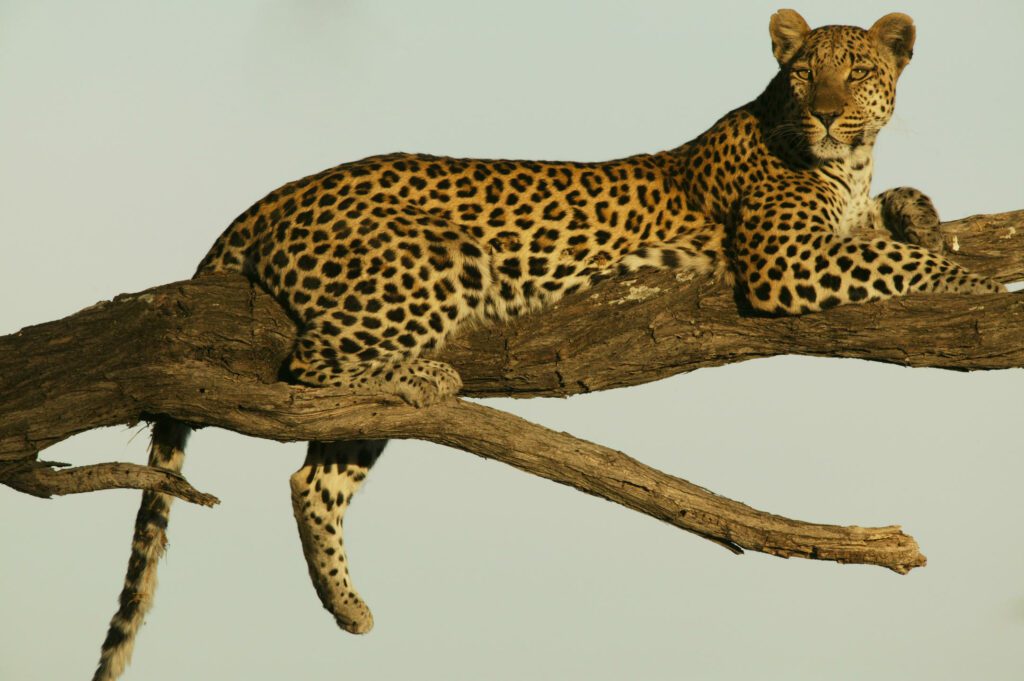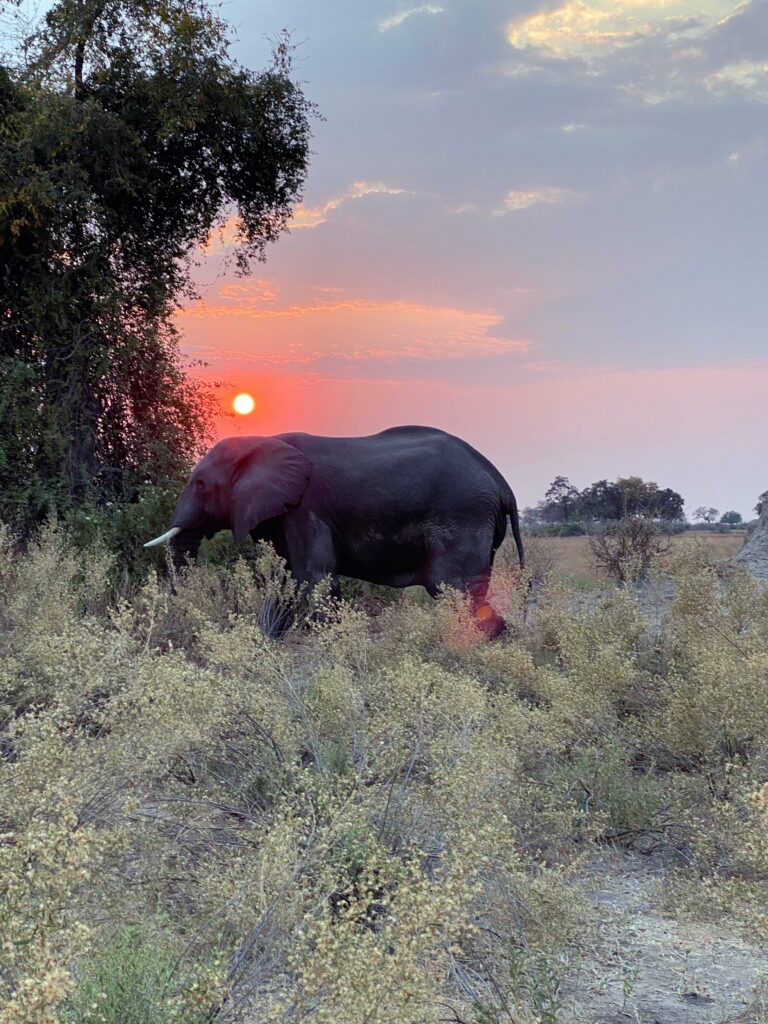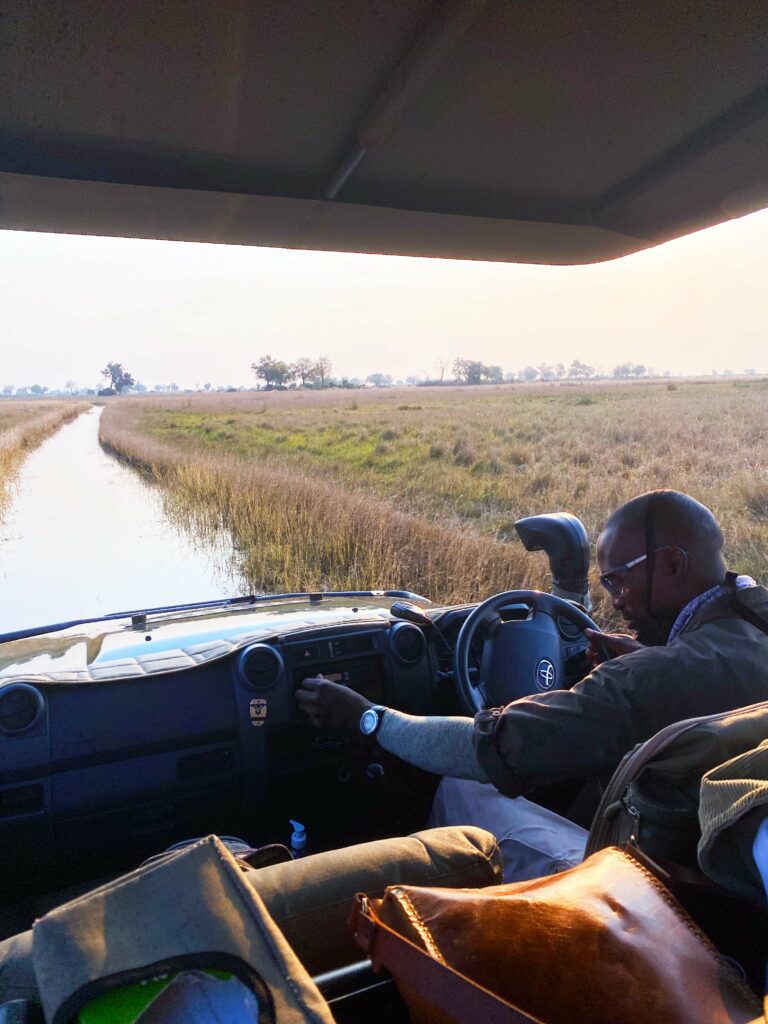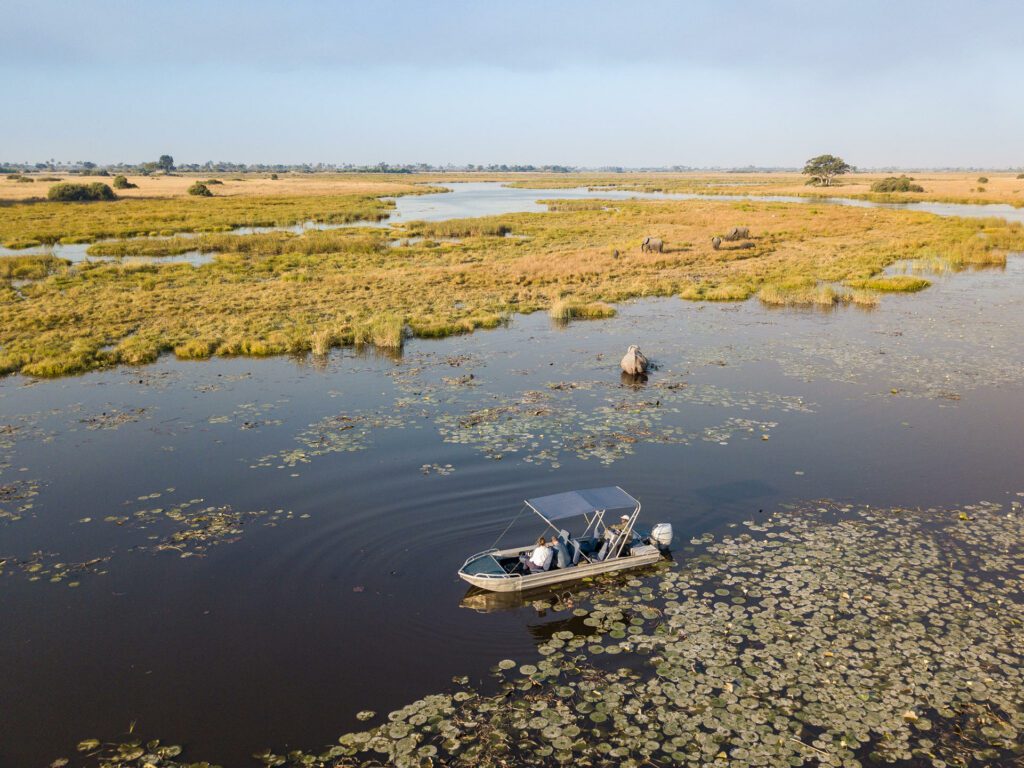The Nature Conservancy is up to some incredible work in Africa. Their vision is rooted in Africa’s people and their conservation approach focuses on working with local communities, governments, and organizations to conserve and enhance Africa’s shared resources. That’s why we’ve chosen to highlight them as part of our #extraordinarygives campaign—our values are so aligned.
The Nature Conservancy (TNC) has projects In Kenya, Seychelles, Tanzania, Gabon, Namibia, South Africa, Zambia and Angola, and Botswana.
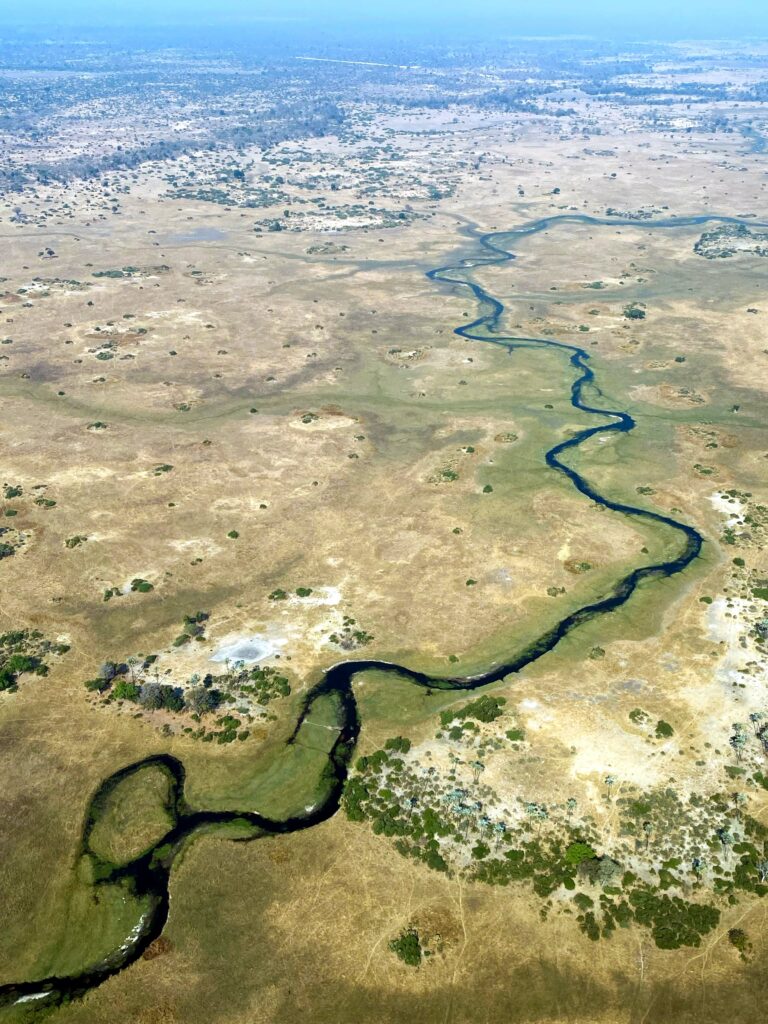
In the middle of the Kalahari Desert is an incredible oasis—The Okavango Basin, which we’re sure you’ve heard of (it’s one of our favorite safari destinations!). It’s an important place because it’s one of the most biodiverse habitats in Africa, providing water for more than one million people. It’s where herds of elephants swim across the river, leopards sprawl in the trees, over 480 species of birds dart between the diverse flora and fauna (there are 1000+ species of plants!). The Okavango Delta is one of the largest freshwater wetlands in southern Africa and is also home to over 130 species of mammals, and numerous species of reptiles and fish. It hosts some of the most unique safari experiences you can have (watching elephants and lions swim across the river by boat? Or from your private tent? Yes please.) It’s also a natural wonder and UNESCO World Heritage Site—the world’s only inland delta.
The Okavango Delta was created by a tectonic shift that cut off the Cubango River on its long passage through Botswana. As the annual floodwaters spread southward from Angola, they fill the Okavango Delta with pools and lagoons and twisting waterways, creating islands that shelter a myriad of wildlife species. As the floodwaters recede months later, they leave behind nutrient-rich soil that revitalizes the land. This floodwater supports Africa’s largest remaining population of elephants, African wild dogs, big cats, and endangered birds like wattled cranes and slaty egrets.
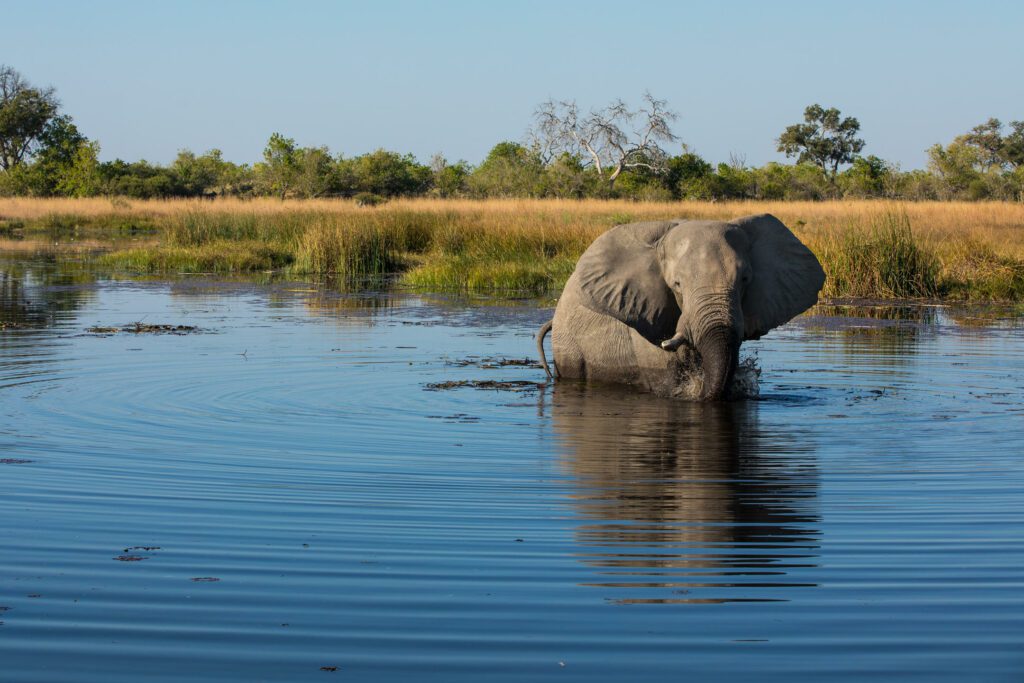
The Okavango River flows between three countries: Angola, Namibia, and Botswana. Like most rivers, the Okavango is faced with several potentially conflicting and unsustainable uses: unsustainable agricultural practices affecting the water supply, unnecessary deforestation causing soil degradation, overfishing, as well as bushmeat hunting and poaching, are all affecting the area’s biodiversity.
The Nature Conservancy is using their Water Fund Model for the Delta, which means supporting the farmers, fishermen, and developers to work in ways that minimize the impact on the water. They’re doing this by training farmers on how to produce more food on their existing farmland, reduce those unsustainable practices, as well as provide scientific studies and expertise the Angolan government will need to avoid permanent damage to the ecosystem.
The end goal? Improving human well-being while conserving natural environments. The idea is that the ecosystem maintains the natural beauty that attracts 1.3 million tourists each year and continues to support local people with food and income. This also requires well-planned development that improves people’s lives.
Want to learn more about the Nature Conservancy’s project in the Okavango Basin? Check out their blog post here, and project overview here. Want to contribute to the cause? Donate here.
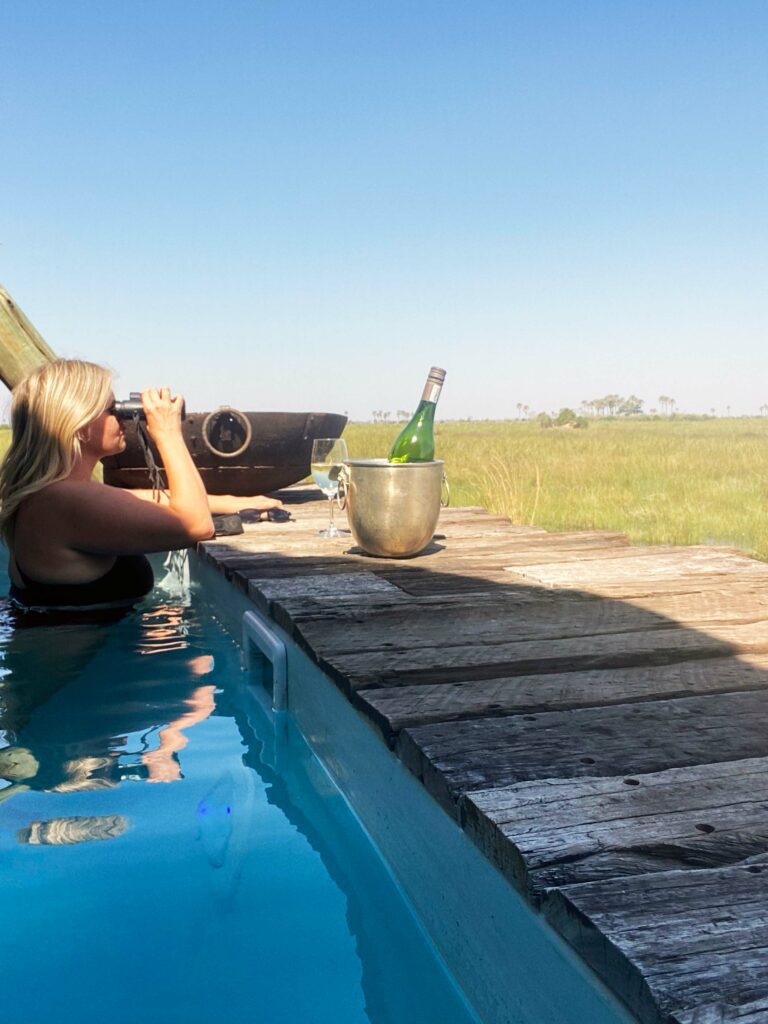
Planning a trip to the Okavango Delta? Check out these stories and these incredible Okavango Delta itineraries.
